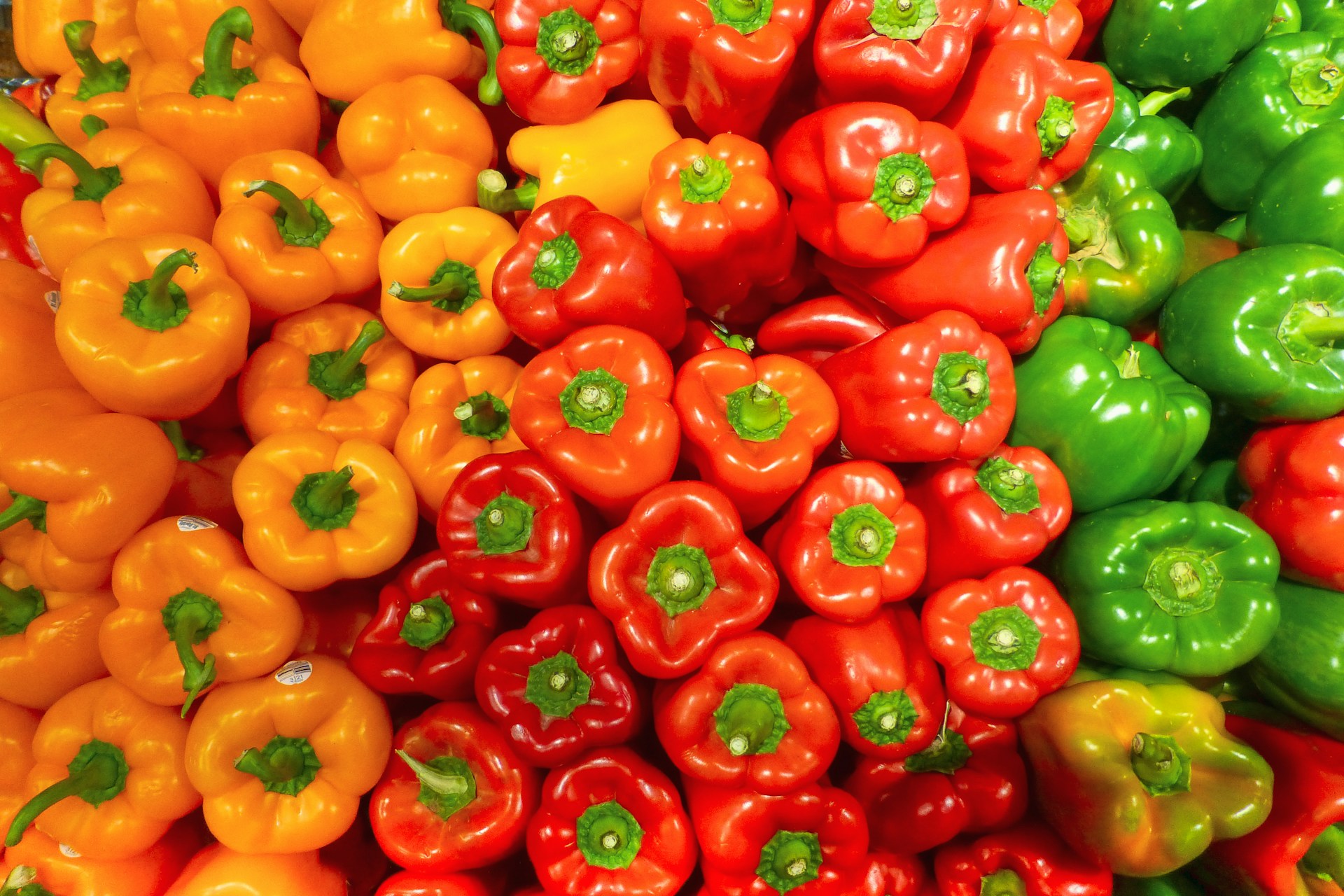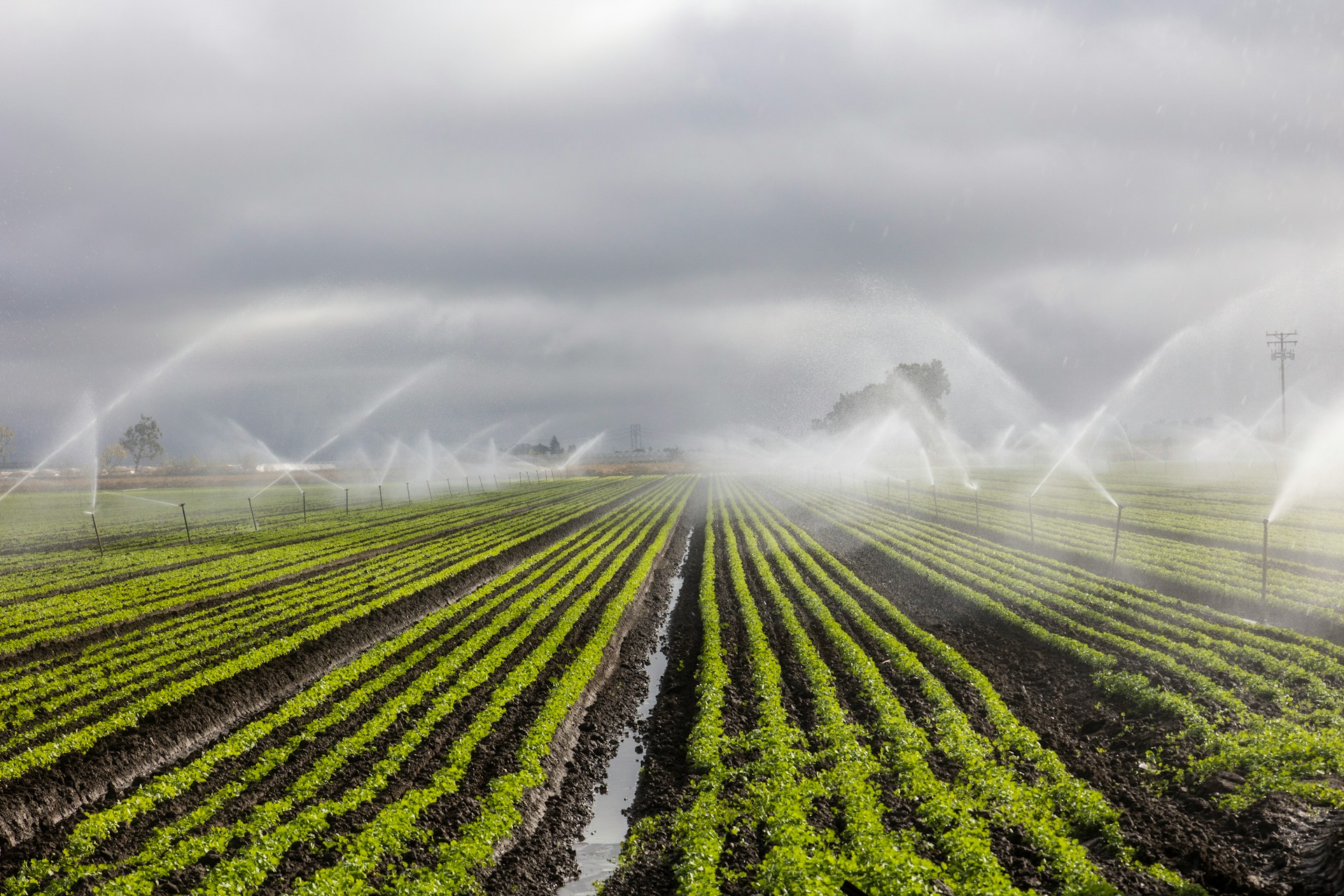Casablanca – Moroccan sweet pepper exports are set to break records in 2024, as nearly 150,000 tonnes were shipped between January and August of this year, marking a 20% increase compared to the same period in 2023. This surge not only underscores Morocco’s expanding presence in the international market but also reflects the rising demand for high-quality produce in Europe.
According to data from EastFruit, the robust performance of Moroccan sweet peppers is underpinned by a strong export strategy and favorable growing conditions. The country’s agricultural landscape allows for year-round production, but export activities are particularly concentrated between October and May, when demand peaks in European markets.
The European Union remains the primary destination for Moroccan sweet peppers, with Spain, France, Germany, and the Netherlands emerging as key markets. Spain leads the way, accounting for approximately 37% of Moroccan exports, followed by France at 26%, Germany at 13%, and the Netherlands at 8%. These countries utilize the imported peppers not only for local consumption but also for re-export to other European nations, underscoring the strategic importance of Moroccan produce in the regional supply chain.
Interestingly, the United Kingdom has recorded one of the most significant increases in imports, with Moroccan sweet pepper exports surging fivefold from 2019 to 2023. This growth illustrates the evolving preferences of UK consumers, who are increasingly seeking out fresh produce from international sources.
While European markets dominate the export landscape, Morocco has also made inroads into Sub-Saharan Africa, exporting sweet peppers to countries such as Mauritania, Senegal, Mali, and Gambia. However, these markets represent a smaller share of overall exports, accounting for only 9-12% annually. The potential for growth in these regions remains, but the focus for now is firmly on Europe.
The upward trend in sweet pepper exports is part of a broader narrative of growth in Morocco’s agricultural sector. Alongside sweet peppers, tomato exports have also been performing exceptionally well, further solidifying Morocco’s reputation as a key player in the global fruit and vegetable market.
Industry experts suggest that the continued success of Moroccan sweet pepper exports can be attributed to several factors, including favorable climatic conditions, advanced farming techniques, and a commitment to quality. The Moroccan government has also been proactive in supporting farmers through various initiatives aimed at enhancing production and expanding market access.
As the country moves towards the end of the year, eyes will be on the final export figures for 2024. Should current growth rates persist, Morocco is well-positioned not only to break its previous records but also to establish itself as a leading exporter of sweet peppers on the global stage.
The rise of Moroccan sweet pepper exports reflects a combination of strategic market positioning, quality production, and an increasing demand for fresh produce. With the backing of both the government and the agricultural community, Morocco is set to continue its upward trajectory in the international agricultural market, paving the way for future successes. As the world increasingly turns to sustainable and high-quality food sources, Morocco’s sweet peppers are sure to play a vital role in meeting that demand.
















